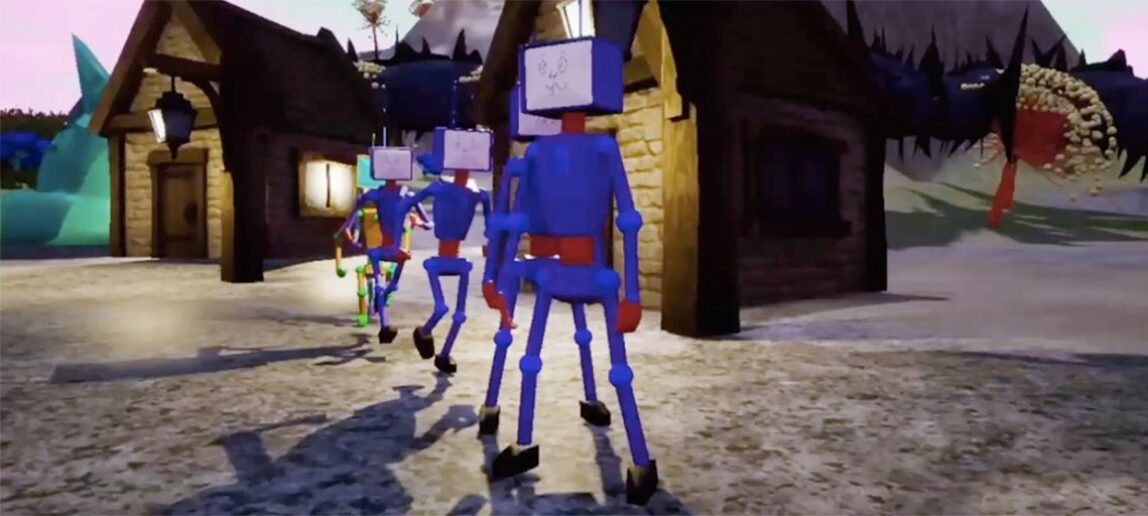Middle schoolers create digital worlds with help from Texas A&M students
Children at the Brazos School for Inquiry and Creativity created interactive digital worlds in the spring 2021 semester with guidance from Texas A&M students associated with the College of Architecture’s Institute for Applied Creativity.
The project is part of the institute’s ongoing advocacy of “STEM” to “STEAM” — adding the arts to enhance science, technology, engineering and mathematics education (STEM).
*STEAM initiatives explore how the arts, design, and humanities can contribute to STEM educational initiatives,” said Carol LaFayette, the recently retired head of the institute.
It’s called Project CHISPA — Calculation, Hi-tech, Imagination, Systems, Procedural, Art — and it aims to provide middle school students with an opportunity to learn how math, science, and coding are a bridge to creating the fantastic environments they enjoy in video games and films.
CHISPA utilizes the principles of STEAM education and digital world-building as a way to combine creative freedom and 3D modeling techniques with design thinking.
Texas A&M students, associated with the institute and hailing from a range of majors joined the Brazos school students as “explainers” who discussed, in everyday language, mathematics and computational principles that are involved in creating virtual places.
The Brazos school students then got to work, first as art directors, using sketches and discussions with the Texas A&M mentors, to iteratively build the worlds to realize a final design.
“The project could result in an increased number of under-represented students who choose to pursue STEAM learning and career opportunities,” said LaFayette. “It has the potential to increase computational literacy for students and teachers. For family members of middle school students, the activities support increased engagement with STEAM in hands-on ways. It could increase the number of underrepresented individuals entering entertainment technology careers, enhancing workforce diversity.”
The project also brought benefits to Texas A&M students.
“By learning how to teach others, Aggies can contribute a more welcoming and empathetic campus environment for under-represented students,” she said.

